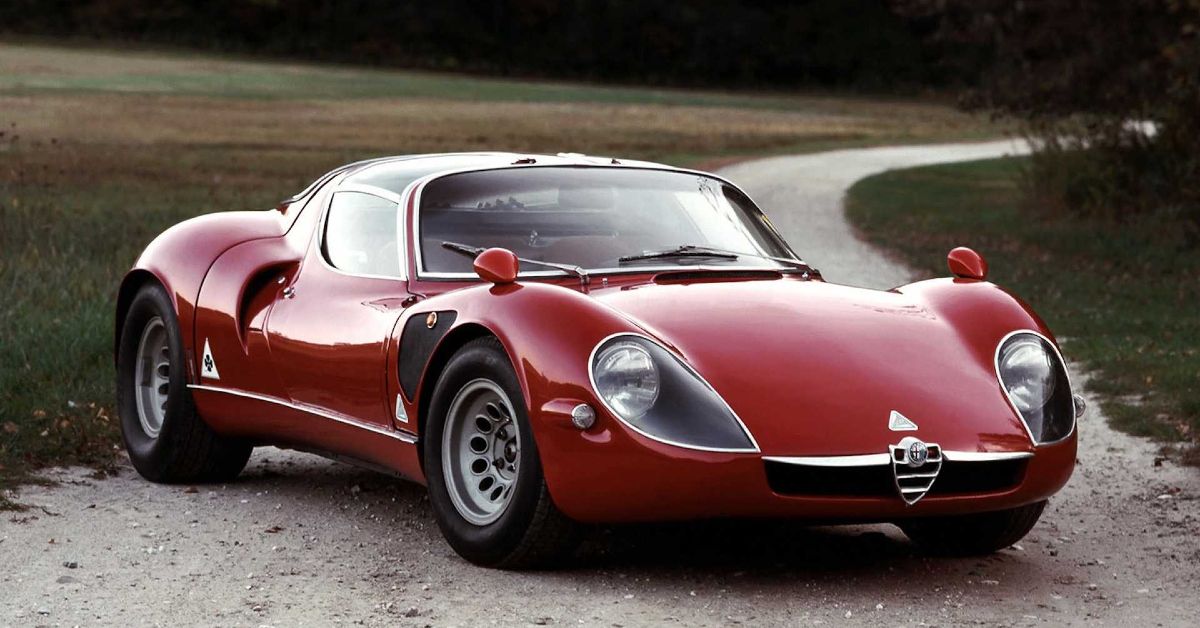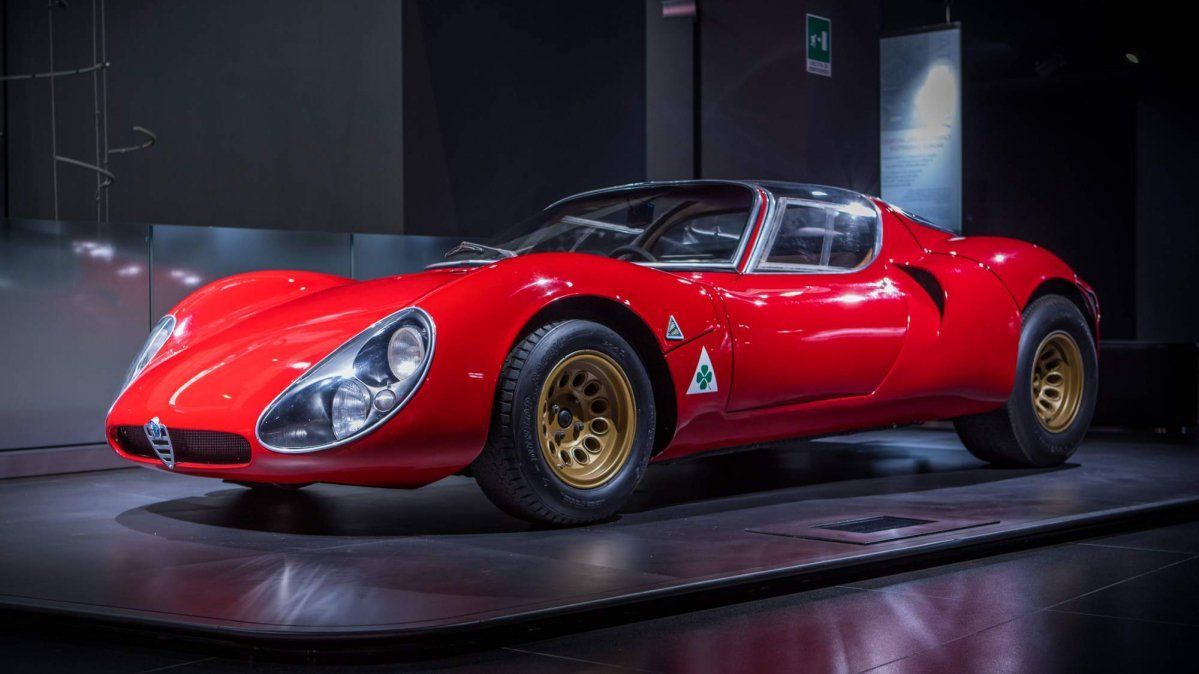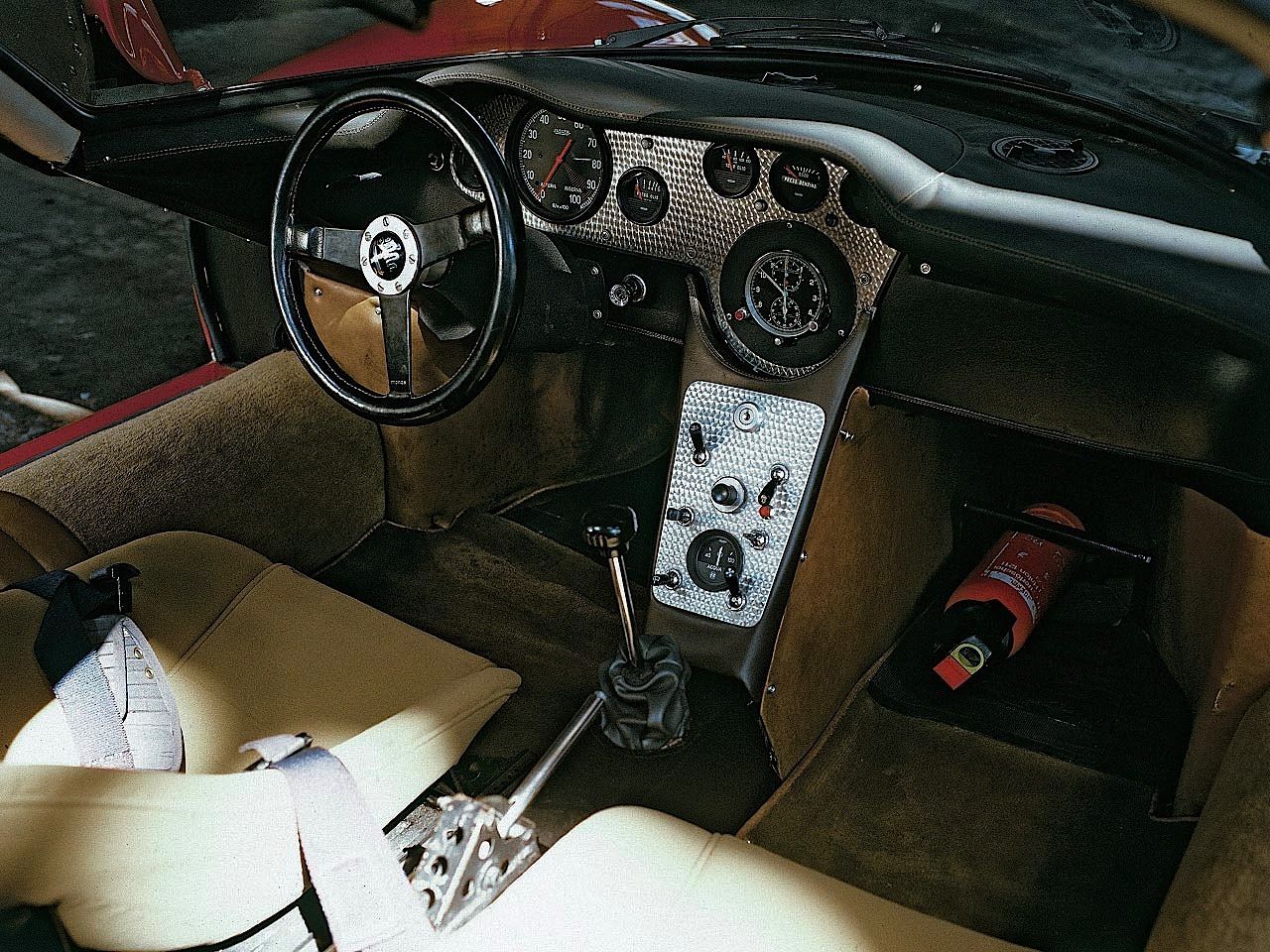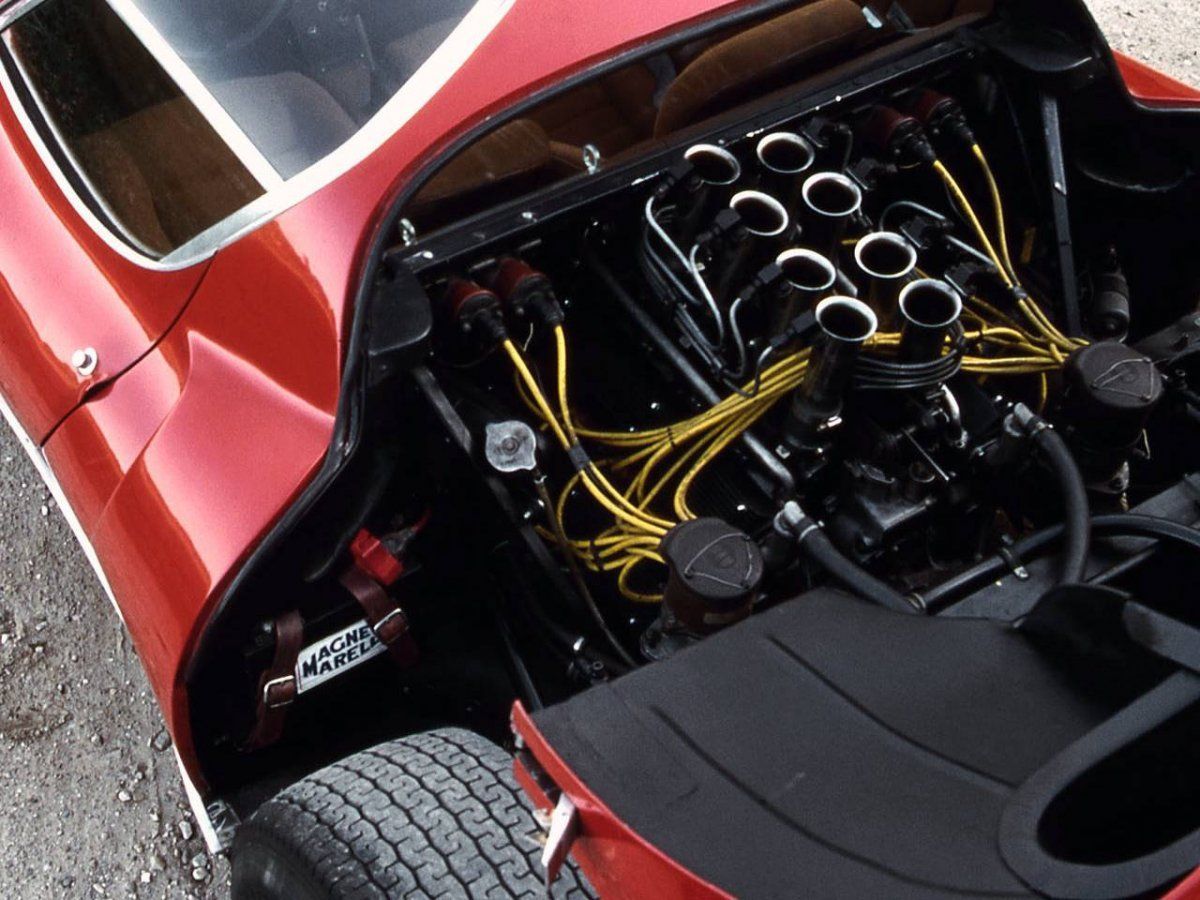One of the fastest road-legal supercars and also was the most expensive car of its time, the 33 Stradale Amazed automobile lovers with its exquisite appearance. The 33 Stradale was a production sports car built by the Italian automaker Alfa Romeo. Known for its gorgeous automobile design, Alfa Romeo carved the 33 Stradale from the Autodelta Alfa Romeo Tipo 33 racing car. The automaker gave it the name 'Stradale' to indicate its legal road configuration.
Conceptualized and materialized by designers Franco Scaglione and Carrozzeria Marazzi, this supercar made its debut at the ‘Paris Salon de L’Auto’ in 1967. The car remained in production until 1969, and in that span, only eighteen 33 Stradales were produced by the company.
The Tipo 33 racing car was originally manufactured to run in races with a bigger goal of gaining publicity, as the chips seemed down for Alfa Romeo in business at that time. Tipo 33 performed magnificently in several prestigious races like Daytona and Monza. Plus, the car's design received massive admiration from the masses. Seeing an opportunity, Alfa Romeo decided to build a road-legal version of the vehicle, and the 33 Stradale was incepted.
Believed to be the most beautiful supercar ever built with impeccable performance, the 33 Stradale is so rare that the chances are that you may never see it, except at the Alfa Romeo Museum. So, here's a glance at this rare beauty of the late 60s that took the automobile industry by storm.
The Body Design: Scaglione's Masterpiece
This Italian automobile was sculpted by Franco Scaglione, who is considered one of the most talented car designers in the automotive world. His aerodynamically efficient design took the shape of an H-shaped 'Fleron' chassis that consisted of riveted magnesium tubes connected with aluminum cross tubes of similar diameter at the rear. The progressive chassis and body design enabled the car to weigh only 700 kgs. The car had an aluminum body with butterfly doors and windows extending into the roof.
The doors and windows of the 33 Stradale were amongst the outstanding features of the car. Before the Stradale came into existence, no other production vehicle was equipped with above-opening dihedral doors, also known as butterfly doors. The windows were curved inwards and extended into the roof. To an extent, riding in the 33 Stradale gave an experience of riding in a glass cockpit.
The most notable feature of the car fascia was the large oval-shaped large headlights integrated on the round protruded fenders. The headlights consist of two main round lights and a smaller indicator sitting under a glass cover on a black background.
The eighteen models of this car that were ever made were all hand-built, and in its production span of two years, it went through several modifications. For example, the later models of this car have single lamp headlights instead of the earlier double lamp. Likewise, vents were added behind the front and rear wheels to let out the hot air from the brakes.
Lightweight 13-inch magnesium wheels drums were added to reduce overall car weight, which was complemented by the inboard disc brakes for the rear wheels. The front wheels had drum-mounted disc brakes. Inspired by its racing predecessor, the 33 Stradale was equipped with a wishbone suspension system with upper and lower control arms in the front and double -trailing arms in the rear.
The Luxurious and Comfortable Cabin
Designed for two passengers, the cabin of 33 Straddle was luxurious, sleek, and comfortable. The central console and seats were crafted with high-quality leather and consisted of metal trims. For an automobile having the genes of a sports car, the dashboard of the 33 Stradale was rather odd. However, when it came to a sports car that was designed for the road, its interiors were smartly designed.
There was a three-spoke steering wheel in front of the driving seat, behind which there was only the tachometer. To check other gauges, the driver had to look at the middle of the dashboard, where the gauges were fitted alongside several switches that controlled lights, wipers, and the rest. The central dashboard also had space carved for a key insert.
The High-Performing Engine
The 33 Stradale was a race car unleashed for the roads, and that fact is evident with one look at its powerful engine. It sported a 2.0-liter mid-mounted 90 degree DOHC V8 engine that was capable of producing 230 hp at 8800 rpm and 206 nm torque at 7000 rpm.
For a better engine feed, the injection system was equipped with an improved SPICA injection system consisting of four ignition coils and dual spark plugs per cylinder. The engine was equipped with a 6-speed manual transmission and took 5.5 seconds to reach 60 mph from 0. Further, leaving behind all other road cars, the Alfa Romeo 33 Stradale had a top speed of 260 km/h.
Though only eighteen Alfa Romeo 33 Stradales were produced, they were enough to create a tremendous buzz in the automobile industry. This car's design further inspired several other designs in the years that followed. Some of the vehicles that inherited the 33 Stradale's design philosophy are Alfa Romeo 33/2 Coupe Speciale (Pininfarina), Alfa Romeo Iguana (Italdesign), Alfa Romeo Navajo (Bertone), and the Alfa Romeo Carabo (Bertone), Alfa Romeo P33 Cuneo, and Alfa Romeo P33 Roadster.




